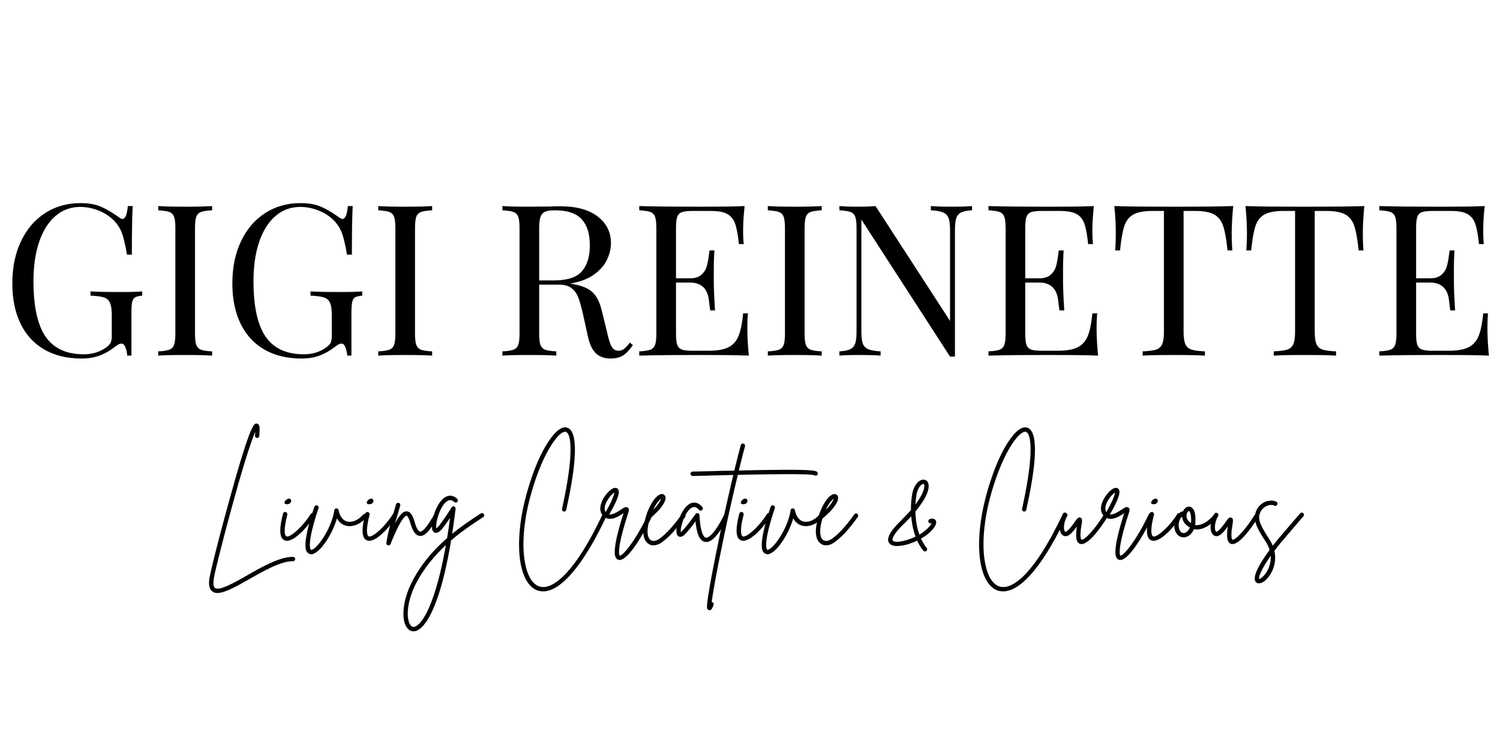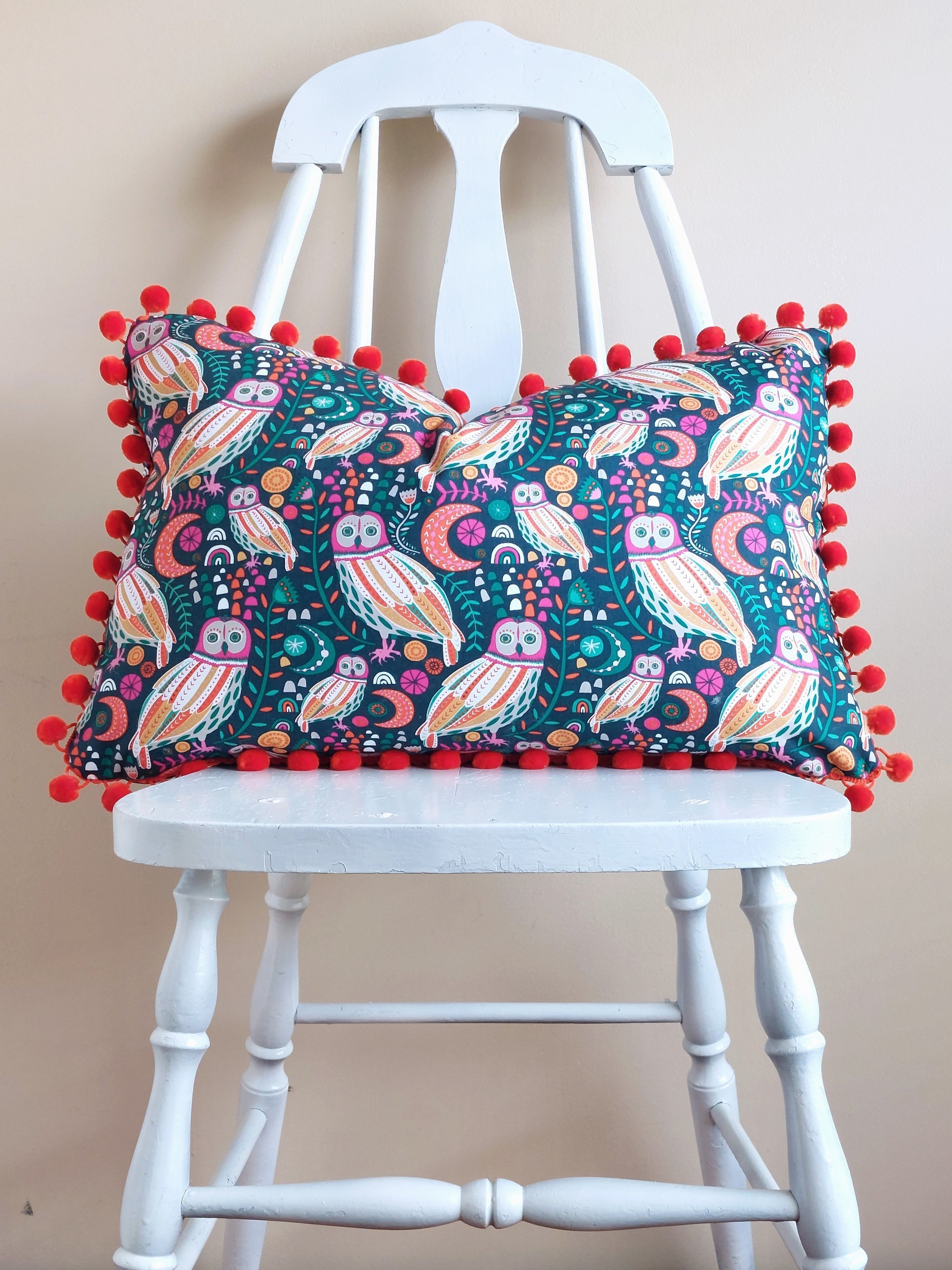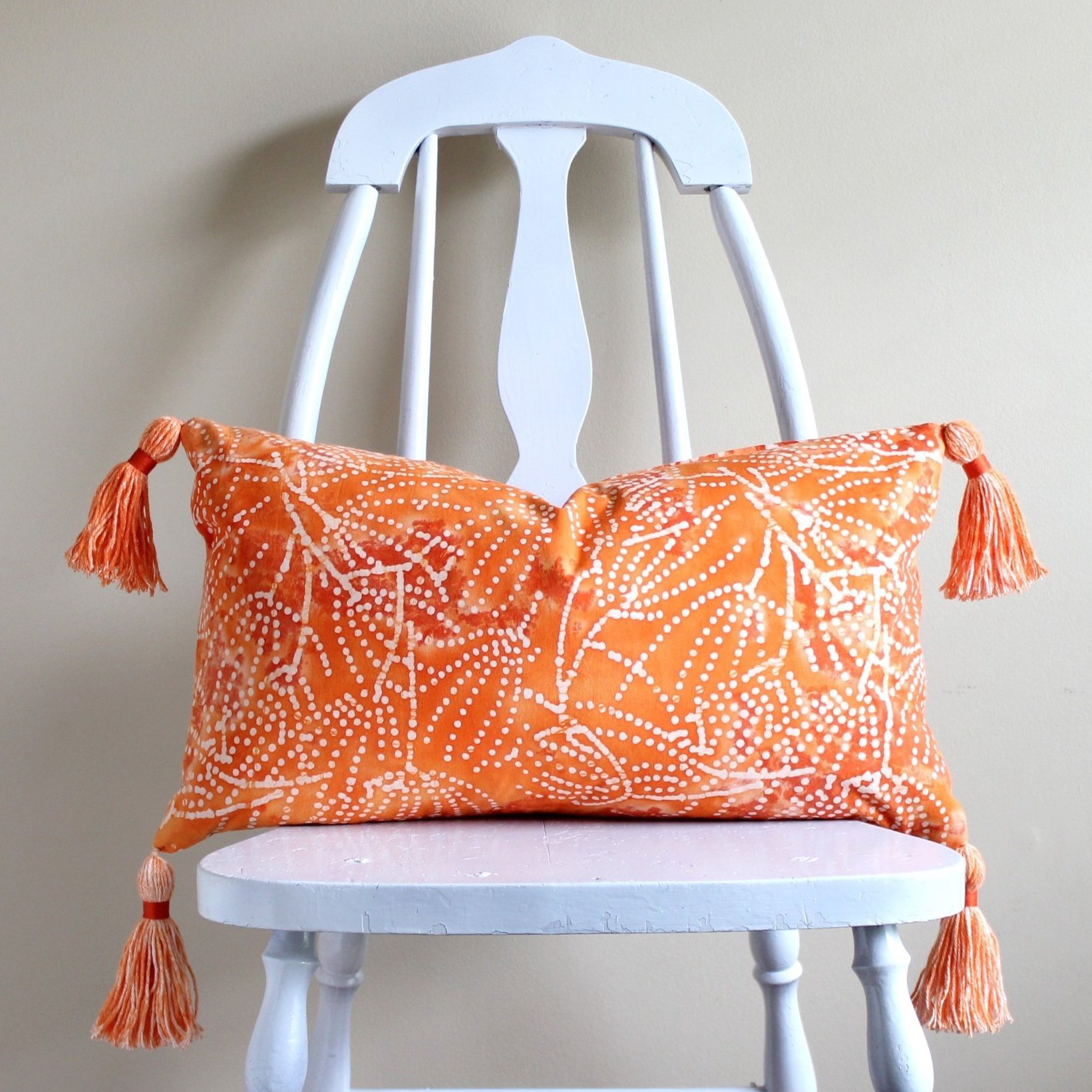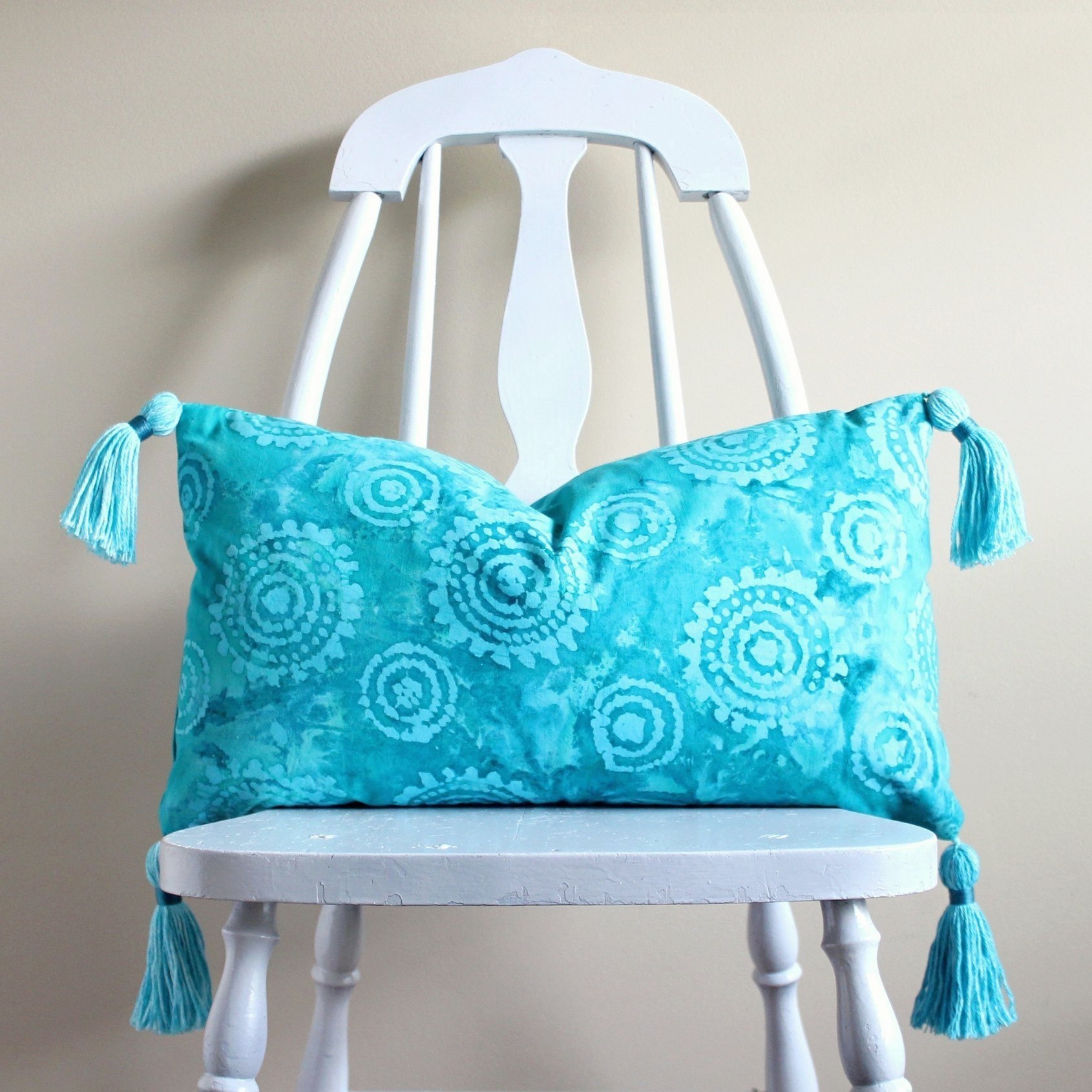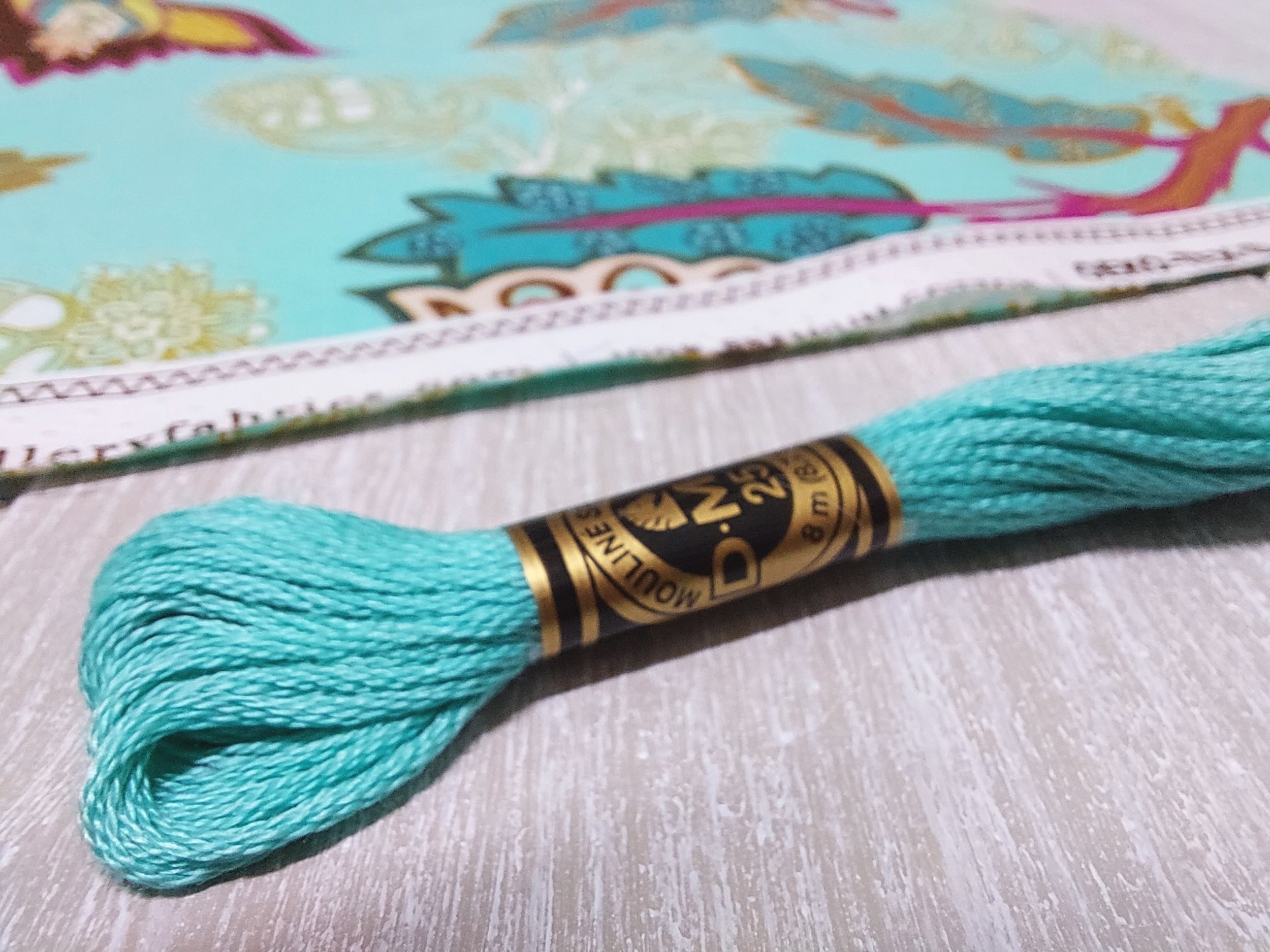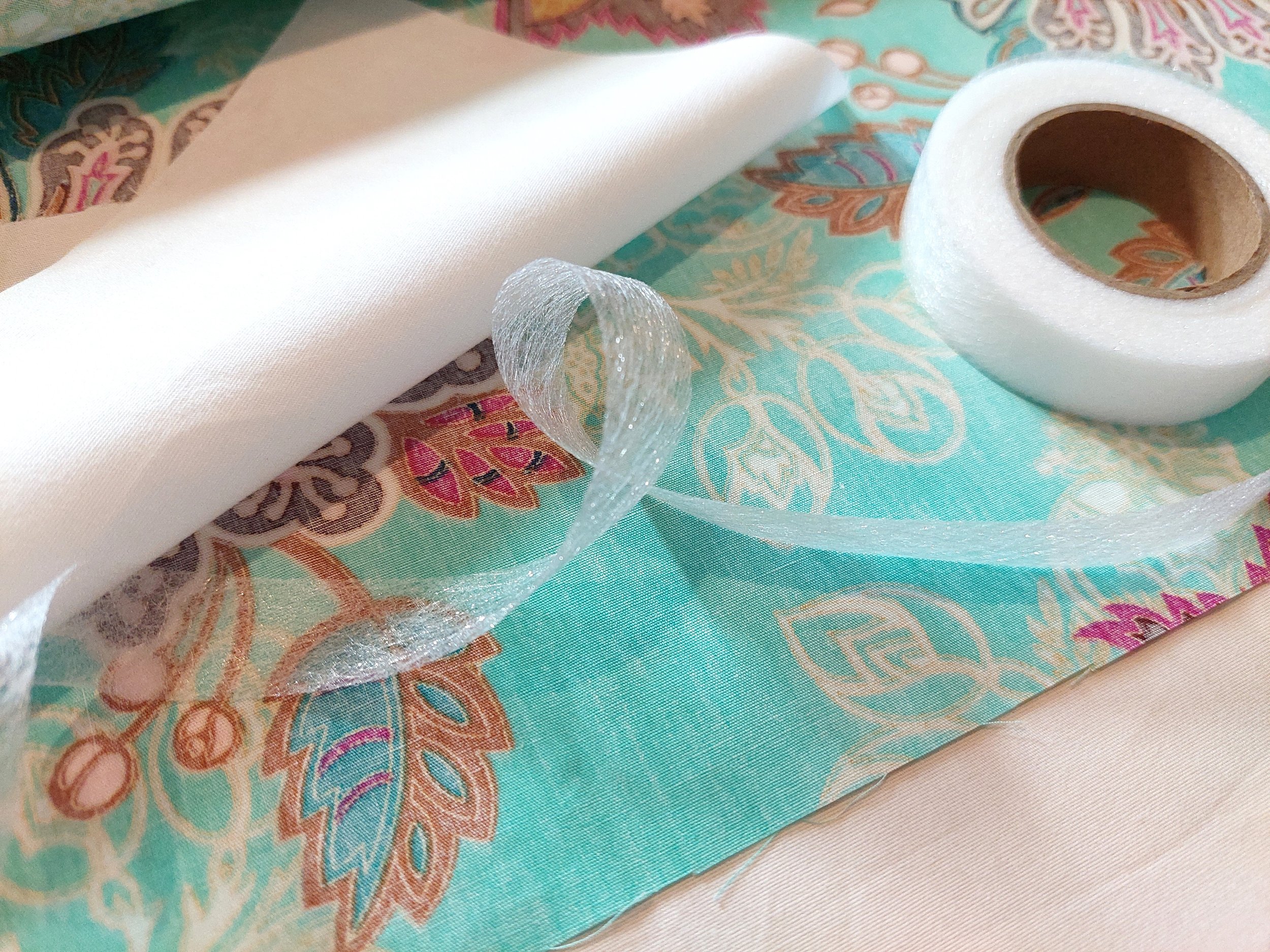Vibrant Pillows Made From Lightweight Fabrics
Those of you who know me personally, know that I've been sewing with my mother for a gazillion years. Slipcovers, cushions, drapes, pillows—she taught me how to do it all. It’s a skill I feel privileged to know. Thanks Mom! Lately, pillows are our main decor pleasure, so I thought I’d share some new things we’re creating.
When you’ve been working with fabric as long as we have, some of the patterns start to feel a bit overused. Not that we don’t love nearly all the genres out there, but in a saturated decor world, how do you find something truly fresh? How about taking something that’s normally used one way, and use it in a different way? That’s what we tried recently with these fun pillow covers.
Quilters may reign over lightweight cotton prints, but that doesn’t mean these can’t be used in other ways. A great example of this was the recent movement to create homemade face masks for the pandemic. In a surprising gesture from kind souls with sewing machines, these fabrics were showing up everywhere, and with a newfound purpose. We started seeing vibrant color palettes and undeniably cool patterns that we hadn’t seen before. Turns out, new designers are really changing the landscape of quilt cottons, so we had to try them out. These fabrics are thinner than what we’d normally use for a pillow, but we figured, If we could just solve the ‘thin problem’, our pillow world would gain a whole new gamut.
For quilters, thin fabric is preferred. Piecing small shapes is their game, and those intricate seams come together nicely when there’s less bulk. Pillows, on the other hand, need to support a lot of feathers and fluff, so they’re usually made from thicker decorator weight fabric. Anyway, with this new idea in mind, we started wandering the aisles of a different part of the fabric store than we were used to—the side for quilters and dressmakers—and kept an open mind. Fast forward, and here are a few we ended up with.
Patterns reminiscent of wallpaper and book illustrations. Colors so tantalizing we could eat them! These were NOT our great grandmothers quilt fabrics. And I should mention that our experimentation with these fabrics showed a pretty clear favorite—Art Gallery Fabrics. Really impressed by the quality and artistry. The thread count must be super high because they’re somehow extra soft and sturdy. And their designers have multiple motifs so if you’d like to scroll through their site and drool, you can do so here. Some of the patterns we used were Pat Bravo’s Meadow from the Legendary collection, Jessica Swift’s Sova Dayglow from the Lugu collection, and AGF Studio’s Exotic Flora Merrakesh from the Merrakesh Fusion collection.
So, the solution to the ‘thin problem’ was to add weight. No, Silly, not by eating a bunch of cookies, but by adding another layer of fabric. Essentially, we lined the entire pillow cover like we would typically line drapes. It’s a little more work, but the novelty is totally worth it. And the happy discovery about layering thin on thin fabric, is you get the density without the stiffness that sometimes comes with normal decorator weight fabric. All the more cuddly, I’d say.
I remember when we made a chair slipcover for a customer who loved a print that was only available on Ralph Lauren sheets. Could we use those, she asked? It was a risk, but we told her we'd try. And that’s what we did, we added weight to the sheeting by lining the entire slipcover. And I have to say, it had a really special quality about it. Maybe it was the airflow between the layers that made it kind of cloud like? Not sure, but it really captured that freshly-fluffed-sheets-feeling. These pillows, happily, have that same quality.
So back to the pillows, here’s a bit about the lining. We went for the sturdiest drapery lining we could find, but there are many cost options out there, so find what works for your needs. You can even buy white pillow cases or sheets and cut them up if you like. After cutting our desired pillow shapes and sizes, we secured the lining to the back of the printed fabric with fusing tape.
This little miracle product has helped us out countless times. We placed it along the edges on the back of the print fabric, and the lining was carefully laid on top. Pressed with a warm iron, this tape practically disappears—leaving behind a sturdy bond that’s flexible and soft.
Then, we serged the edges together, creating a permanent connection that behaved like one piece of thicker fabric. To make them fun, we added pom-pom trim or tassels in coordinating colors. Added an invisible zipper to the bottom, and sewed them together on the remaining three sides.
Stuffed with a feather (or down-alternative) pillow insert, the end result has a duvet-cover-like feel. Dense and lightweight at the same time! We have some of these covers available now, but quite a few more in the works for summer. So please keep an eye on our Etsy shop, Kittybrook!
Hope this inspires you to think of lightweight cotton fabrics in a new light. Tons of stuff out there, so if you’re making your own, I urge you to go exploring! Happy Decorating!
